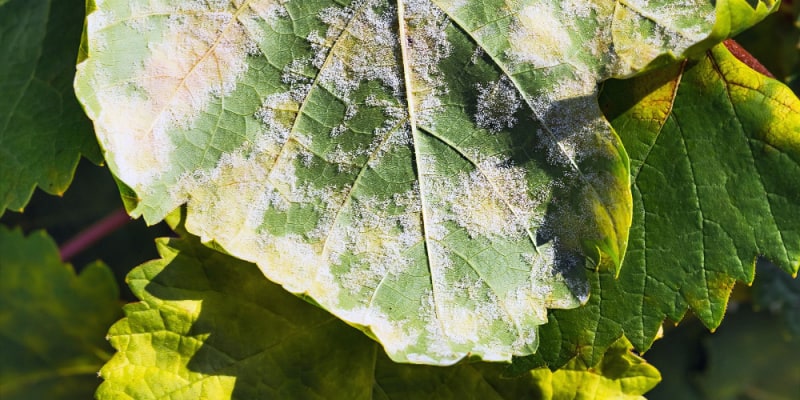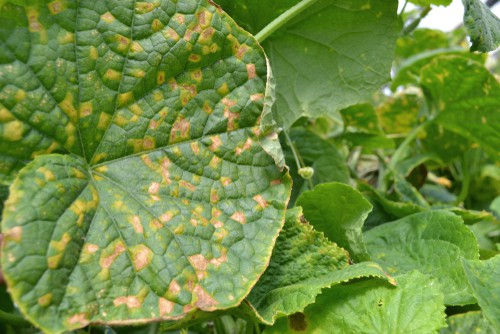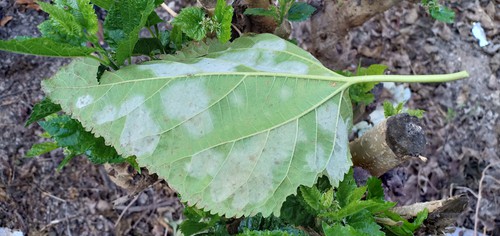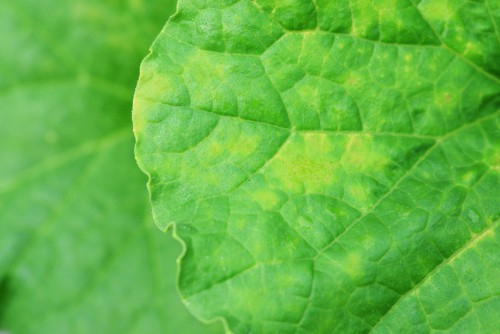
Treating and preventing downy mildew
Our site is reader supported, this means we may earn a small commission from Amazon and other affiliates when you buy through links on our site.
Downy mildew is not to be confused with the more common powdery mildew. Despite their names being very similar, fortunately, downy mildew is much less common. They are very different diseases.
With that out the way, downy mildew is actually not a true fungus, it’s actually a parasitic organism that is more closely related to algae and needs water to survive and spread. It’s actually often misdiagnosed and can often be totally missed because it is hard to see on some species of plants. One prime example of this is with Pansies, it’s easy to see and identify whereas, on Roses and Foxgloves, it can often go unnoticed. The problem is that there is no treatment for this disease, so it’s more about preventing it in the first place.
One way to help identify this downy mildew is by looking at the surface of the leaves. Usually, you will notice light pale blotches that are yellow, brown or red and these can easily be missed. Then on the underside of the leaf, there is usually a grey type of mould.
What is downy mildew?
It’s common in warm wet weather, so it’s more likely to be a problem during a wet summer. This is a disease that will affect the leaves of a plant, and there are no effective fungicides to treat it. The disease focuses on many different types of plants including edible plants like lettuces and brassicas such as cabbage, grapes, rhubarb, onions and carrots. On ornamental plants, it seems to be more of a problem in roses, geums, aquilegia, hebes, poppies, and pansies. It spreads from the underside of the leaves in water droplets and sometimes through the air, especially in wet and warm weather.
How to recognise downy mildew
The sight of a white, purple or greyish-speckled powdery coating on the underside of your leaves is a sign that they may have downy mildew. The upper side of the leaves will also discolour with pale green, yellow or brown blotches. However, these blotches are often that light it can be hard to notice, which is why it’s often missed.
This eventually deforms the leaves, leaving them disfigured. Badly affected leaves may turn brown or yellow and fall from the plant.
What can you do about it?
Preventing downy mildew
Make sure there’s good air circulation around your plants. If necessary, prune the plants, so there’s enough space in between and among them for the air to move freely.
Don’t water the plants in the evening because this can cause high humidity and lead to leaf wetness – conditions in which downy mildew flourishes. If possible try to also water plants from the base to avoid wetting the leaves.
What to do with affected plants
Unfortunately, there is no treatment for plants with downy mildew. With this in mind, I always recommend destroying plants that have downy mildew by burning them.
What is worth knowing is that there are different downy mildews that only affect a small host range of plants. This means that downy mildew on lettuce for example cannot spread to carrots or downy mildew on pansies can’t be passed to Lupins. This means that if you have a plant that has downy mildew, you could plant a totally different type of plant in the same position and it shouldn’t get the same downy mildew. This means that rotating crops every 12 months can also help combat downy mildew, especially on vegetable patches and allotments.


